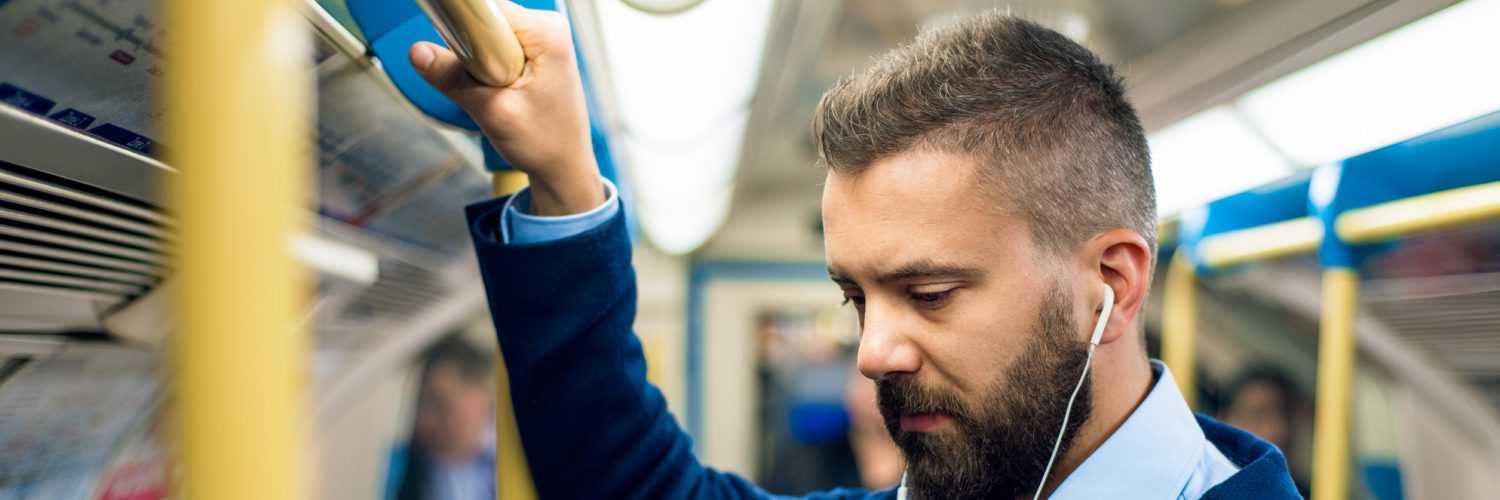For the majority of Americans, the commute to and from work is a necessary part of daily life. But while the U.S. Census Bureau reports that the national average commute time is about 25 minutes, many people travel far longer, with the number of people with commutes over 90 minutes continuing to grow. This can have a major impact on all aspects of life, including personal relationships, physical well-being, and work/life balance. While it may not be possible to change jobs or move closer to work, there are some things you can do to help ease the burden of a long commute and improve your quality of life.
Tips to ease your commute
Consider options to change your current commute or work schedule to help reduce your travel time:
- Look at all options. If you currently take public transit to work and have the option to drive, or vice versa, compare the time and cost for each method of transit to determine a balance you’re comfortable with and which might be best for you. You can also try leaving your house at different times and varying your route to see if making these shifts can have a positive impact on your commute and save you time on the road.
- Consider flexible scheduling. While not always possible, shifting your start and end time may enable you to avoid periods of heavy traffic during typical rush hours, cutting down a lengthy commute. Starting just an hour earlier or later than normal can make a big difference. Alternatively, you could talk to your employer about working from home occasionally or perhaps changing your schedule in other ways (i.e., working four 10-hour days versus five 8-hour days). If your employer is open to these flexible options, it can greatly reduce your commute and have a positive impact on your work/life balance.
- Find a buddy. Try to find someone in your neighborhood who is headed to the same area as you, or a co-worker who lives nearby, to share the trip. Not only can this cut down on expenses like gas, tolls and parking, but having someone join you on the drive can help make it more enjoyable. Some cities and workplaces offer ride share programs as well to help coordinate carpools, plus you can use high-occupancy vehicle (HOV) lanes if available, further reducing your travel time.
How to achieve better work/life balance
Even if you are unable to make changes to your schedule or route, there are other things you can do to make your commute more pleasant and ease the associated stress:
- Work on your way. This may not be an option if you drive, but if you utilize public transit for some or all of your commute, you may be able to use a laptop or other mobile device to do work on your way to and from work. If your employer is open to counting this time toward your work day, it can help lessen the overall amount of time you are away from home each day and improve work/life balance.
- Use your commute as “you” time. If you are unable to use your time commuting for work, consider doing other things you enjoy. For example, you can listen to music, podcasts or audiobooks. Additionally, if you use public transit, you have other options such as reading, knitting, meditating or even napping (just don’t miss your stop!). All of these activities can help break up the commute by doing something you enjoy so you feel more refreshed when you return home at the end of the day, improving your mood, outlook and work/life balance.
Commuting is rarely fun, but by considering alternate options or incorporating other activities into your travels, you can help reduce your time en route or make it a more pleasant experience, both of which can lead to better work/life balance.



